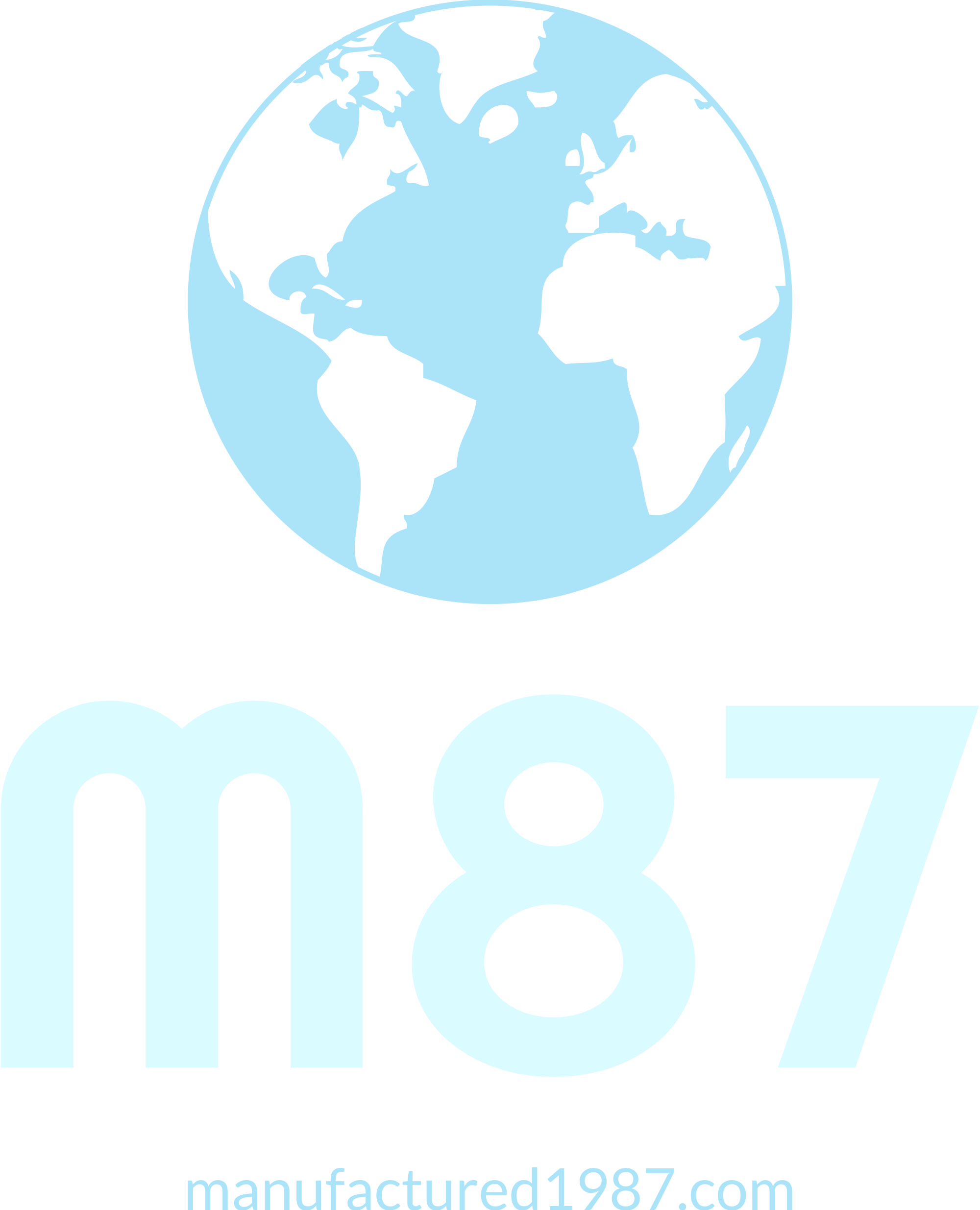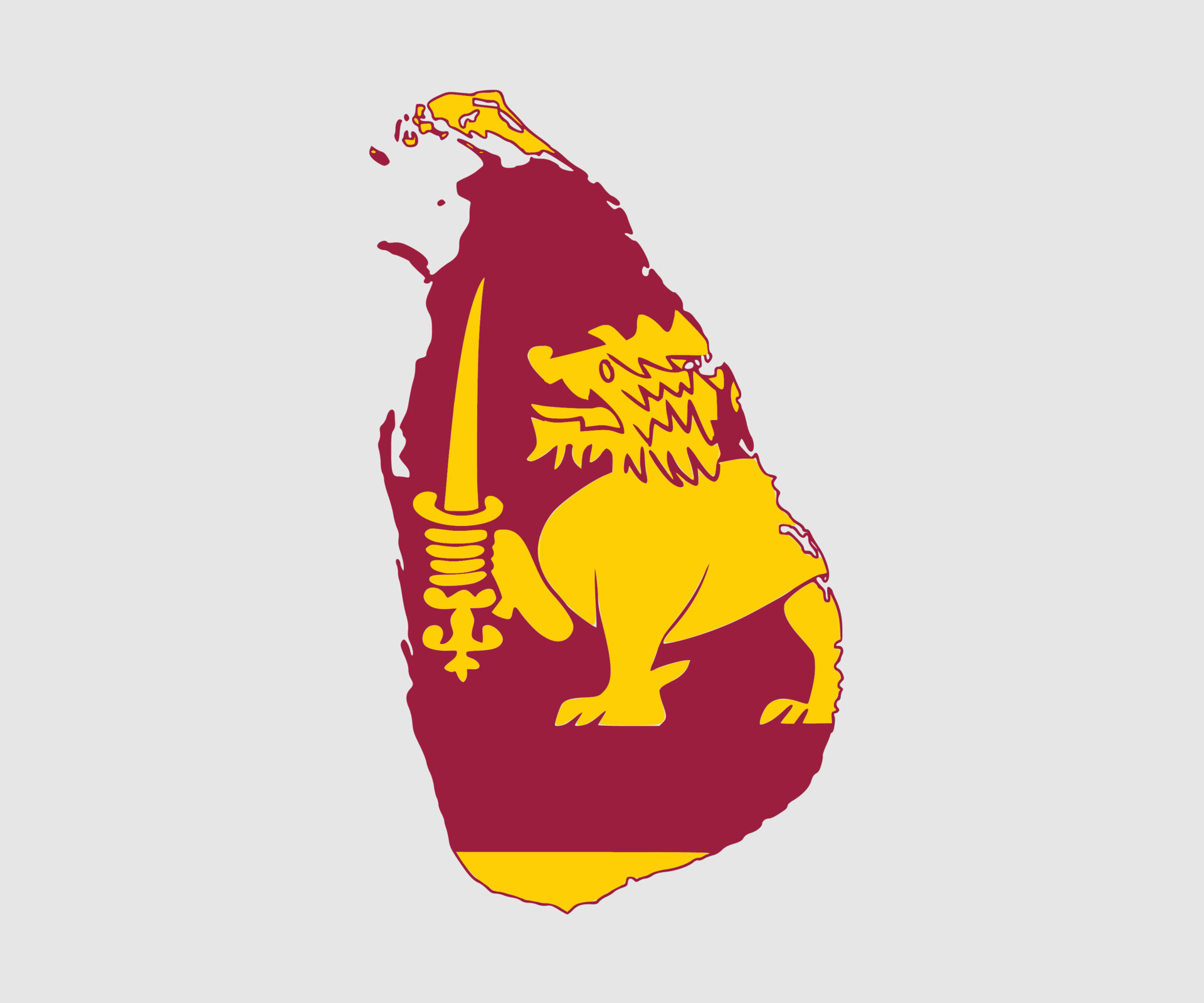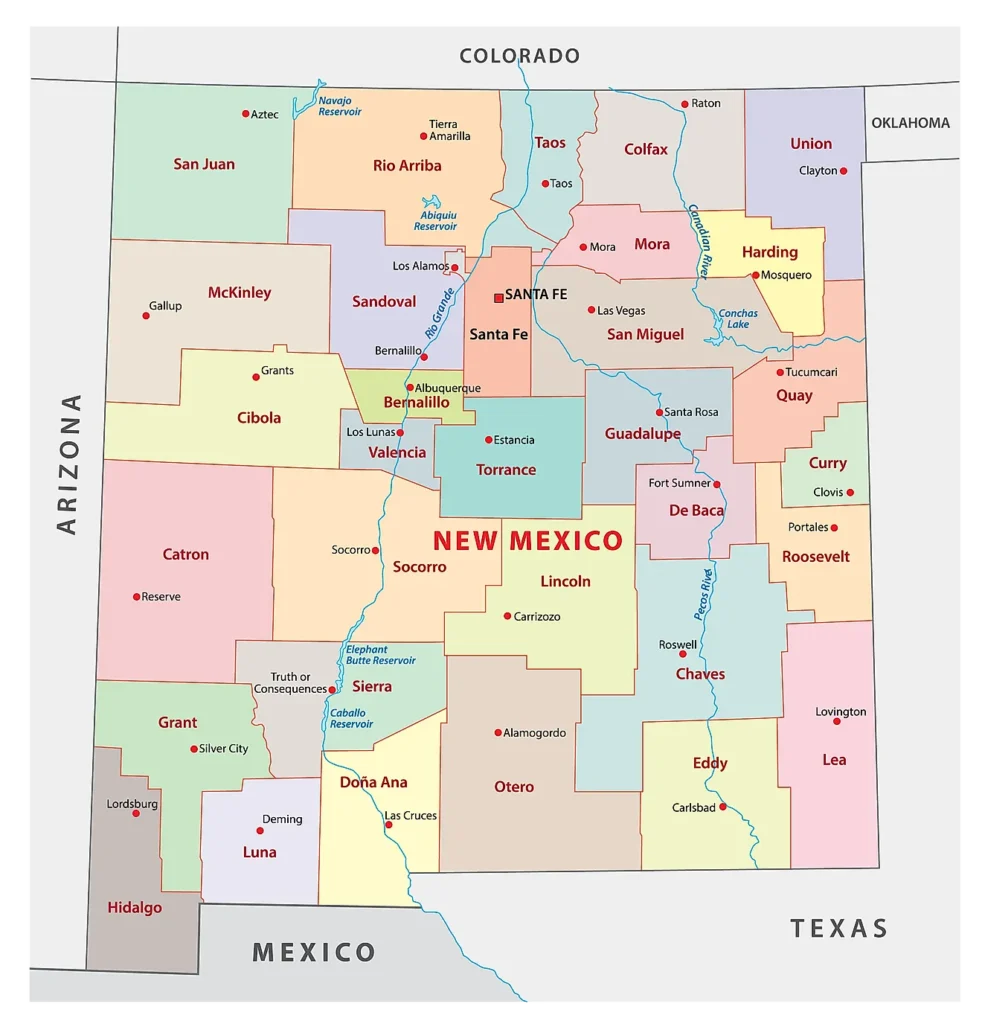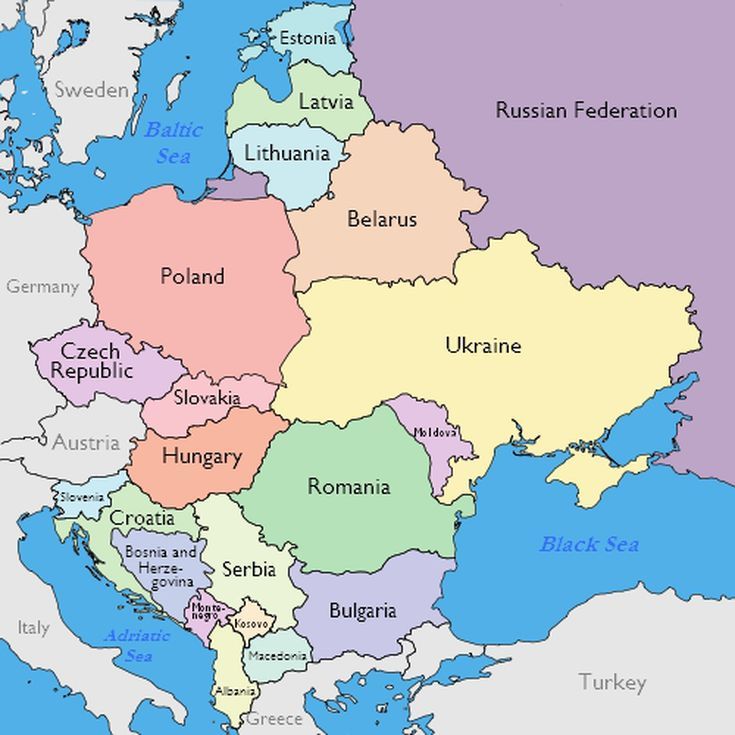Introduction
Sri Lanka, known as the “Pearl of the Indian Ocean,” is a tropical island nation in South Asia, located off the southeastern coast of India. With its rich history, diverse cultures, stunning landscapes, and abundant wildlife, Sri Lanka offers a unique blend of natural beauty and cultural heritage. This comprehensive guide provides detailed insights into Sri Lanka’s geography, history, culture, economy, and much more, supported by maps and essential facts.
Geography
Location and Borders
Sri Lanka is an island country situated in the Indian Ocean, separated from the Indian subcontinent by the Palk Strait and Gulf of Mannar. It lies between latitudes 5° and 10°N, and longitudes 79° and 82°E. The island is approximately 65,610 square kilometers (25,332 square miles) in area.
Topography
Sri Lanka’s topography is diverse and includes coastal plains, rolling hills, and mountain ranges. The island can be divided into three main geographical regions:
Coastal Belt
The coastal belt surrounds the island and features sandy beaches, lagoons, and coastal wetlands. Major cities like Colombo, Galle, and Trincomalee are located in this region.
Central Highlands
Located in the south-central part of the island, the Central Highlands are characterized by mountains, plateaus, and valleys. The highest point is Pidurutalagala, which stands at 2,524 meters (8,281 feet) above sea level.
Plains
The rest of the island consists of flat and rolling plains, with several rivers and lakes providing irrigation for agriculture.
Climate
Sri Lanka has a tropical climate with distinct wet and dry seasons influenced by the monsoon winds:
- Southwest Monsoon (Yala Season): From May to September, the southwest monsoon brings heavy rainfall to the southwestern part of the island.
- Northeast Monsoon (Maha Season): From December to February, the northeast monsoon affects the northeastern part of the island with substantial rainfall.
- Inter-monsoon Periods: Transitional periods between the monsoons (March to April and October to November) bring scattered showers and thunderstorms.
Fun Fact About Sri Lanka’s Geography
Did you know? Sri Lanka is home to one of the world’s largest artificial reservoirs, the Parakrama Samudra, which was built in the 12th century by King Parakramabahu I. The reservoir covers an area of approximately 2,500 hectares (6,200 acres).
History
Ancient History
Sri Lanka has a recorded history dating back over 2,500 years. The island’s ancient history is marked by the arrival of Indo-Aryan settlers from India around the 6th century BCE. They established the Anuradhapura Kingdom, which became a major center of Buddhism and culture. Anuradhapura was succeeded by the Polonnaruwa Kingdom in the 11th century CE.
Colonial Period
Sri Lanka’s strategic location attracted European colonial powers. The Portuguese arrived in the early 16th century, followed by the Dutch in the 17th century. In 1796, the British took control of the island, making it a crown colony in 1802. Sri Lanka, then known as Ceylon, gained independence from British rule on February 4, 1948.
Post-Independence Era
After gaining independence, Sri Lanka experienced significant political and social changes. The country became a republic in 1972 and adopted the name Sri Lanka. However, the nation faced a prolonged civil conflict from 1983 to 2009 between the government and the Liberation Tigers of Tamil Eelam (LTTE). The conflict ended in 2009 with the defeat of the LTTE.
Fun Fact About Sri Lanka’s History
Did you know? Sigiriya, also known as Lion Rock, is an ancient rock fortress and palace ruin that is a UNESCO World Heritage Site. It was built by King Kashyapa in the 5th century CE and is famous for its stunning frescoes and advanced irrigation systems.
Culture
Demographics
Sri Lanka has a diverse population of approximately 21 million people. The major ethnic groups are:
- Sinhalese: The largest ethnic group, making up about 74.9% of the population.
- Tamils: Constituting around 15.4% of the population, including Sri Lankan Tamils and Indian Tamils.
- Moors: A Muslim ethnic group making up about 9.2% of the population.
- Other Ethnic Groups: Including Burghers, Malays, and indigenous Veddas.
Languages
Sri Lanka has two official languages: Sinhala and Tamil. English is widely spoken and used for official and commercial purposes.
Religion
Sri Lanka is a multi-religious country with Buddhism being the predominant religion, followed by:
- Buddhism: Practiced by approximately 70.2% of the population.
- Hinduism: Practiced by around 12.6%, mainly by Tamils.
- Islam: Practiced by about 9.7%, mainly by Moors.
- Christianity: Practiced by around 7.4%, with both Roman Catholics and Protestants.
Festivals and Traditions
Sri Lanka is known for its vibrant festivals and cultural events that reflect its diverse heritage:
- Sinhala and Tamil New Year: Celebrated in April, marking the traditional new year with various customs, games, and feasts.
- Vesak: A major Buddhist festival in May, commemorating the birth, enlightenment, and death of Buddha, with colorful lanterns and decorations.
- Deepavali: The Hindu festival of lights celebrated in October or November, symbolizing the victory of light over darkness.
- Christmas: Celebrated by Christians with religious services, decorations, and festive meals.
Cuisine
Sri Lankan cuisine is renowned for its bold flavors, aromatic spices, and diverse dishes. Some popular dishes include
- Rice and Curry: The staple meal consisting of rice served with various meat, fish, and vegetable curries.
- Hoppers: Bowl-shaped pancakes made from fermented rice flour, often served with egg or coconut milk.
- Kottu Roti: A stir-fried dish made with shredded roti, vegetables, eggs, and meat or seafood.
- String Hoppers: Steamed rice noodle nests, typically served with coconut milk gravy and spicy sambols.
Economy
Overview
Sri Lanka’s economy is classified as a developing economy, with a GDP of approximately $81 billion. The country has a mixed economy with agriculture, industry, and services sectors contributing to its economic output.
Key Industries
- Agriculture: Key agricultural products include tea, rubber, coconut, rice, and spices such as cinnamon and pepper.
- Textiles and Garments: The textile and garment industry is a major contributor to export earnings and employment.
- Tourism: Sri Lanka’s rich cultural heritage, pristine beaches, and wildlife attract millions of tourists annually.
- IT and BPO: The information technology and business process outsourcing sectors are rapidly growing, contributing significantly to the economy.
Trade
Sri Lanka’s trade is influenced by its strategic location and diverse resources. Major export products include textiles and garments, tea, rubber, spices, and gemstones. Key trading partners include the United States, the United Kingdom, India, China, and Germany.
Fun Fact About Sri Lanka’s Economy
Did you know? Sri Lanka is one of the world’s largest producers and exporters of tea. The country’s tea industry was established in the 19th century by British planters, and Ceylon tea is renowned globally for its quality and flavor.
Maps of Sri Lanka
Political Map
A political map of Sri Lanka shows the country’s administrative divisions, including its nine provinces and 25 districts. Key cities such as Colombo (the commercial capital), Kandy, Galle, and Jaffna are highlighted.
Physical Map
A physical map of Sri Lanka highlights its diverse landscapes, including:
- Mountain Ranges: Central Highlands, with peaks such as Pidurutalagala and Adam’s Peak.
- Rivers: Mahaweli River (the longest river), Kelani River, and Walawe River.
- Lakes and Reservoirs: Parakrama Samudra, Victoria Reservoir, and Kandy Lake.
Road Map
A road map of Sri Lanka shows the country’s major highways and roads, including:
- Expressways: Southern Expressway (E01), Colombo-Katunayake Expressway (E03), and Central Expressway (under construction).
- National Highways: A1 (Colombo to Kandy), A2 (Colombo to Galle), and A9 (Kandy to Jaffna).
Tourist Map
A tourist map of Sri Lanka highlights major attractions and landmarks, such as:
- Cultural Triangle: Anuradhapura, Polonnaruwa, and Sigiriya.
- Beaches: Bentota, Unawatuna, and Arugam Bay.
- Wildlife Parks: Yala National Park, Wilpattu National Park, and Udawalawe National Park.
- Hill Country: Ella, Nuwara Eliya, and Horton Plains.
Fun Fact About Sri Lanka Maps
Did you know? The Sigiriya rock fortress, a UNESCO World Heritage Site, is often referred to as the “Eighth Wonder of the World” for its remarkable engineering and artistic achievements.
Frequently Asked Questions (FAQs) About Sri Lanka
What is the capital of Sri Lanka?
Sri Lanka has two capitals: Colombo, the commercial capital, and Sri Jayawardenepura Kotte, the administrative capital.
What currency is used in Sri Lanka?
The currency used in Sri Lanka is the Sri Lankan Rupee (LKR).
What is the best time to visit Sri Lanka?
The best time to visit Sri Lanka depends on the region. The southwest coast is best visited from December to March, while the northeast coast is ideal from May to September.
What is the national sport of Sri Lanka?
The national sport of Sri Lanka is volleyball, although cricket is the most popular sport in the country.
What are the UNESCO World Heritage Sites in Sri Lanka?
Sri Lanka has eight UNESCO World Heritage Sites, including the ancient cities of Anuradhapura and Polonnaruwa, the Sigiriya rock fortress, and the sacred city of Kandy.
What is the literacy rate in Sri Lanka?
Sri Lanka has a high literacy rate of around 92.3%, one of the highest in South Asia.
What languages are spoken in Sri Lanka?
Sinhala and Tamil are the official languages, with English widely spoken and used for official purposes.
What is the significance of the Esala Perahera festival?
The Esala Perahera is a grand Buddhist festival held annually in Kandy, featuring a spectacular procession with traditional dancers, drummers, and decorated elephants.
What wildlife can be found in Sri Lanka?
Sri Lanka is home to diverse wildlife, including elephants, leopards, sloth bears, and a variety of bird species. The country has numerous national parks and wildlife reserves.
What are some traditional crafts in Sri Lanka?
Traditional crafts in Sri Lanka include pottery, weaving, wood carving, and batik fabric making, reflecting the island’s rich cultural heritage.
Conclusion
Sri Lanka is a captivating destination with its rich history, diverse cultures, stunning landscapes, and abundant wildlife. From the ancient cities of Anuradhapura and Polonnaruwa to the pristine beaches of the southern coast, and the lush tea plantations of the central highlands, Sri Lanka offers a unique and unforgettable experience for travelers. This comprehensive guide provides an in-depth look at the island’s maps and facts, helping you to explore and appreciate the many wonders of Sri Lanka. Whether you’re interested in history, nature, or simply relaxing on a beautiful beach, Sri Lanka has something for everyone.
- Tonga Maps & Facts - July 19, 2024
- Trinidad and Tobago Maps & Facts - July 19, 2024
- US Virgin Islands Maps & Facts - July 18, 2024




